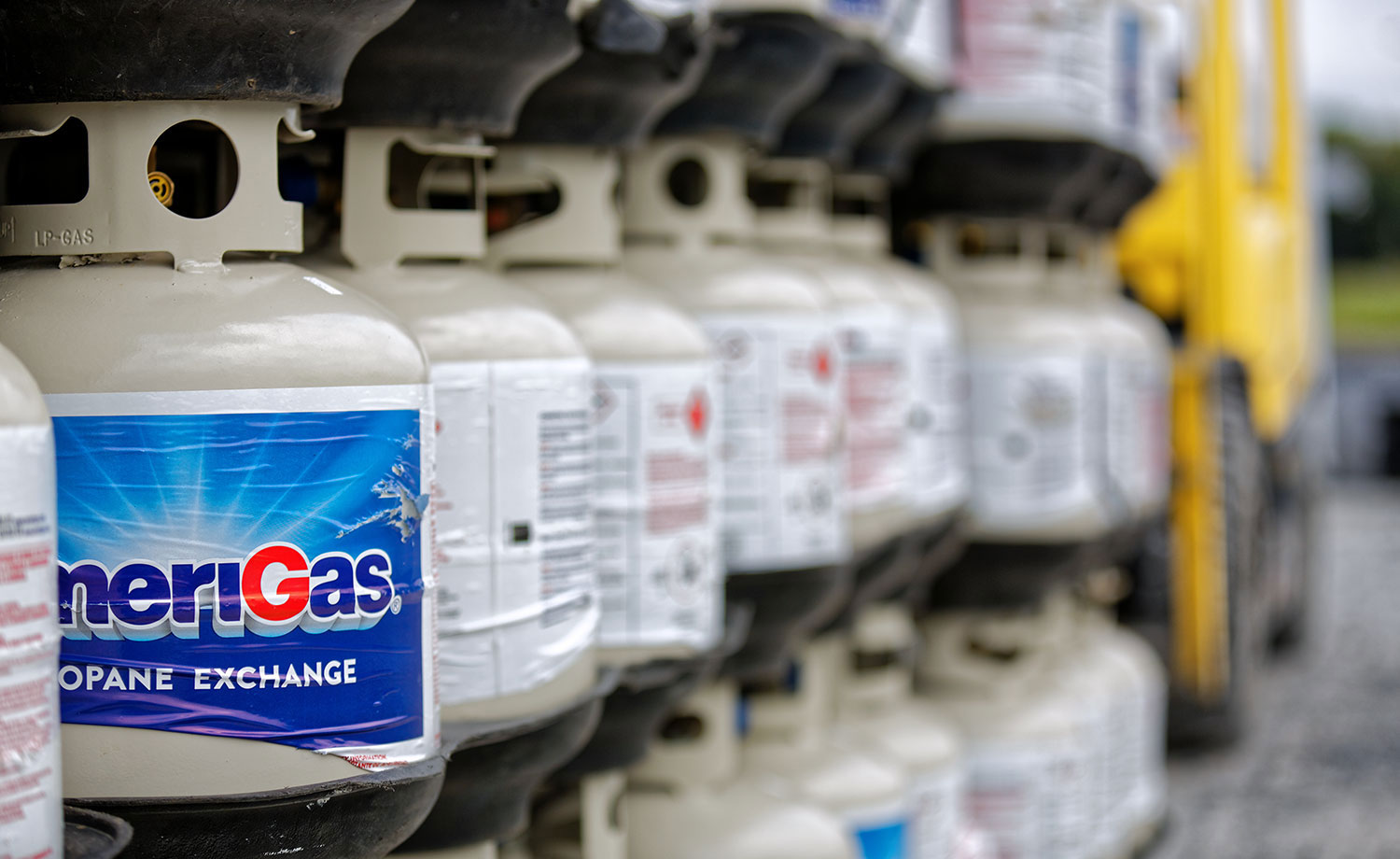

Articles
How To Store Propane Tanks At Home
Modified: December 7, 2023
Learn the best methods for safely storing propane tanks at home with these informative articles. Ensure your propane tanks are stored properly for maximum safety and longevity.
(Many of the links in this article redirect to a specific reviewed product. Your purchase of these products through affiliate links helps to generate commission for Storables.com, at no extra cost. Learn more)
Introduction
Welcome to our guide on how to safely store propane tanks at home. Propane tanks are commonly used for various purposes, such as heating, cooking, and powering appliances. While propane is a convenient and efficient fuel source, proper storage is crucial to ensure safety and prevent accidents.
In this article, we will discuss important safety precautions and guidelines for storing propane tanks at your home. Whether you have a small backyard grill or a larger propane-powered generator, following these tips will help you maintain a secure and hazard-free environment.
Please keep in mind that propane is a flammable gas and mishandling can lead to fires, explosions, or toxic gas leaks. Therefore, it is essential to understand and adhere to the safety regulations and guidelines provided by regulatory bodies and propane suppliers.
So without further ado, let us dive into the important considerations for storing propane tanks at home.
Key Takeaways:
- Prioritize safety by storing propane tanks outdoors, keeping them upright, and away from heat sources. Regular inspections and proper disposal ensure a secure environment for propane storage at home.
- Choose a suitable storage area with proper ventilation, protection from heat sources, and compliance with local regulations. Securing tanks and following safety measures are crucial for safe propane storage.
Read more: How To Store A Propane Tank
Safety Precautions
When it comes to storing propane tanks, safety should be your utmost priority. Here are some essential safety precautions to follow:
- Store propane tanks outdoors: Propane tanks should always be stored in well-ventilated outdoor areas. Never store them indoors, including basements, garages, or sheds. This is because propane is a highly flammable gas and any leaks can be dangerous in an enclosed space.
- Keep tanks away from ignition sources: Ensure that propane tanks are stored away from any ignition sources such as open flames, electrical outlets, or heat sources. These can include appliances, pilot lights, candles, or even direct sunlight. Propane is highly combustible and can easily ignite if exposed to heat or flame.
- Keep tanks upright: Propane tanks should always be stored in an upright position. This ensures that the pressure relief valve is at the top, allowing any excess pressure to be released safely. Storing tanks horizontally or upside down can lead to the accumulation of pressure, increasing the risk of leaks or even explosions.
- Ensure proper valve protection: Make sure that the valve on the propane tank is protected with a cap or plug to prevent any accidental opening or tampering. This helps to minimize the risk of gas leaks and ensures the safety of those around.
- Keep tanks out of reach of children and pets: Propane tanks should be stored in areas inaccessible to children or pets. It is important to keep them in a secure location or use protective barriers to prevent any accidental contact or tampering.
- Never store damaged or expired tanks: Inspect your propane tanks regularly for any signs of damage or corrosion. If you notice any cracks, dents, or rusting, do not store or use them. Additionally, propane tanks have an expiration date stamped on them. Ensure that you do not store or use tanks past their expiration date.
By following these safety precautions, you can minimize the risks associated with handling and storing propane tanks at home. Remember, it is always better to be safe than sorry when it comes to storing propane safely.
Choosing the Storage Area
When selecting a storage area for propane tanks, it is important to consider a few key factors to ensure safety and adherence to regulations. Here are some guidelines to help you choose the appropriate storage location:
- Outdoor space: Propane tanks should always be stored outdoors. Choose an area that is well-ventilated, away from any sources of heat or flame. Ensure that the location is easily accessible and provides sufficient space for the number of tanks you plan to store.
- Level ground: The storage area should be on a level and stable surface. This helps to prevent any accidental tipping or rolling of the tanks, reducing the risk of damage or leaks.
- Away from combustible materials: Keep the storage area at a safe distance from any combustible materials such as wood, paper, hay, or flammable liquids. This helps to minimize the risk of fire spreading in the event of a leak or explosion.
- Avoid high traffic areas: Choose a location that is away from high traffic areas, such as walkways or driveways. This reduces the chances of accidental collisions or damage to the tanks.
- Consider local regulations: Check with your local authorities or propane supplier for any specific regulations or guidelines regarding the storage of propane tanks. Different regions may have specific requirements in terms of setbacks, distance from buildings, or other safety measures.
- Protect from extreme weather: While propane tanks are designed to withstand various weather conditions, prolonged exposure to extreme heat or cold can affect their integrity. Consider installing a protective cover or shelter to shield the tanks from direct sunlight, rain, snow, or freezing temperatures.
By carefully assessing these factors, you can choose a suitable storage area that ensures the safety of both the propane tanks and the surrounding environment. Remember to always consult local regulations and seek guidance from professionals if you have any doubts or questions about the storage location.
Keeping Tanks Upright
One crucial aspect of storing propane tanks safely is to keep them in an upright position. Here are some reasons why it is important and how you can ensure proper positioning:
1. Pressure Relief Valve: Propane tanks are equipped with a pressure relief valve. This valve is designed to release excess pressure if it builds up inside the tank. By keeping the tank upright, the pressure relief valve remains at the top, allowing any excess pressure to be safely released. Storing tanks horizontally or upside down can lead to the accumulation of pressure, increasing the risk of leaks or even explosions.
2. Leakage Prevention: Storing tanks upright helps prevent gas leakage. Propane is a volatile and highly flammable gas. If a tank is stored on its side or upside down, the gas may escape from the valve or fitting, resulting in leaks. By keeping the tank upright, the valves and fittings remain tightly sealed, reducing the chances of gas leakage.
3. Stability: Storing tanks upright provides stability and reduces the risk of tipping over. Propane tanks are heavy and can pose a danger if they fall or roll. Storing them in an upright position on a flat, stable surface ensures that they remain in place and avoids accidents caused by toppling tanks.
Here are some tips to ensure proper positioning of propane tanks:
- Use a tank stand or rack: Invest in a tank stand or rack designed specifically for propane tanks. These fixtures provide stability and help keep the tanks in an upright position. They also elevate the tanks off the ground, protecting them from moisture and potential damage.
- Avoid stacking or leaning tanks: Do not stack or lean propane tanks against each other or any other objects. This can lead to instability and increase the risk of accidents. Each tank should be stored separately, with enough space between them to allow for proper ventilation and easy access.
- Secure the tanks: Ensure that the tanks are securely held in place. You can use straps or bungee cords to fasten the tanks to the stand or rack. This will further enhance their stability and prevent any movement or potential accidents.
- Regularly inspect the tanks: Periodically inspect the tanks for any signs of damage or corrosion. If you notice any cracks, dents, or rusting, it is advised to replace those tanks immediately to maintain safety.
By keeping propane tanks in an upright position and following these tips, you can reduce the risk of leaks, accidents, and ensure the safe storage of propane at your home. Remember, safety should always be a top priority when handling and storing propane tanks.
Ventilation Requirements
Proper ventilation is crucial when storing propane tanks to ensure the safe dispersal of any leaked gas. Here’s why ventilation is important and what you need to consider:
1. Gas Dispersion: Propane is an odorless gas, and an added odorant is used to give it a distinct smell to help detect leaks. However, if a leak occurs within a confined space without proper ventilation, the gas can accumulate and pose a serious risk. Adequate ventilation allows for the proper dispersal of any leaked propane gas, reducing the chances of ignition or health hazards.
2. Ventilation Area Size: The size of the ventilation area needed will depend on the number of propane tanks being stored and their capacity. As a general guideline, it is recommended to have at least 1 square inch of ventilation area for every 1000 BTUs (British Thermal Units) of propane stored. Consult local regulations for specific requirements regarding ventilation area size.
3. Ventilation Placement: Ensure that the ventilation area is strategically placed to allow for maximum airflow. Ideally, the vents should be positioned near the floor level to facilitate the removal of any leaked gas. Avoid obstructing the vents with any objects or vegetation that may restrict airflow.
4. Ventilation Structure: The ventilation area must be designed to prevent the entry of rain, snow, or other debris while still allowing for adequate air circulation. Install mesh screens or covers on the vents to keep out unwanted intruders and foreign objects that could obstruct the airflow.
5. Follow Local Regulations: Local regulations may have specific requirements for ventilation when storing propane tanks. It is essential to consult with your local authorities or propane supplier to ensure compliance with regulations and codes in your area.
By properly ventilating the storage area, you can ensure the safe dispersion of any leaked gas and minimize the risks associated with propane storage. Always prioritize safety and adhere to the ventilation requirements to provide a secure environment for storing propane tanks at home.
When storing propane tanks at home, always keep them in a well-ventilated area, away from heat sources and direct sunlight. Store them in an upright position and never indoors.
Read more: How To Store Propane Tanks Outside
Protection from Heat Sources
One critical aspect of storing propane tanks safely is to protect them from heat sources. Propane is a highly flammable gas, and exposure to heat or flame can result in fires or explosions. Here are some important considerations for protecting your propane tanks:
1. Maintain Distance: Keep propane tanks at a safe distance from any heat sources. This includes things like open flames, electrical appliances, pilot lights, or even direct sunlight. The heat generated by these sources can increase the temperature of the tanks, potentially causing excess pressure and leading to leaks or other hazards.
2. Avoid Storage Near Appliances: Do not store propane tanks near appliances that generate heat, such as water heaters, furnaces, or stoves. These appliances produce heat during operation and can pose a risk to the tanks if they are in close proximity.
3. Choose a Cool Location: Opt for a storage area that remains relatively cool and shaded. High temperatures can increase the pressure inside the tanks, potentially leading to leaks or explosions. A cool and shaded area helps maintain a safe temperature range for propane storage.
4. Protective Covers: Consider using protective covers or shelters to shield the tanks from direct sunlight or intense heat. These covers can provide additional insulation and help regulate the temperature around the tanks. Ensure that the covers are designed for propane tanks and allow for proper ventilation.
5. Fire Prevention Measures: Implement fire prevention measures in the storage area. Install fire extinguishers nearby and ensure that they are easily accessible. It is also essential to have a clear and unobstructed path to the tanks in case of emergencies.
6. Regular Inspections: Regularly inspect the storage area and tanks for any signs of heat damage or stress. Look for discoloration, blistering, or deformities on the tanks, as these may be indications of exposure to excessive heat. If any damage is detected, promptly replace the affected tanks.
By taking precautions to protect propane tanks from heat sources, you minimize the risk of fire or explosion. Remember to always prioritize safety and consult with local regulations or propane suppliers for specific guidelines on storing propane tanks in your area. Implementing these measures will help ensure the safe storage of propane in your home.
Securing Tanks
Securing propane tanks is an important step in ensuring their safety and minimizing the risk of accidents. Here are some guidelines to help you properly secure your propane tanks:
1. Sturdy Storage Structure: Ensure that the storage structure or rack used for holding the tanks is sturdy and stable. Propane tanks can be heavy, especially when filled, so the structure should be able to support their weight without the risk of tipping over or collapsing.
2. Strapping or Fastening: Use straps, chains, or bungee cords to securely fasten the tanks to the storage structure. This will prevent them from shifting or falling during transportation or if exposed to strong winds or vibrations. Make sure the straps are tight enough to hold the tanks in place but not so tight that they cause damage or deformation.
3. Separate Tanks: Do not stack or lean propane tanks on top of each other. Each tank should be stored separately, with enough space between them to allow for proper airflow and easy access. Stacking can compromise the stability of the tanks and increase the risk of accidents.
4. Protection from Impact: Place protective barriers or shields around the tanks to protect them from potential impact or collisions. This can include using barricades or placing them away from high traffic areas. Preventing accidental bumps or collisions can help maintain the integrity of the tanks and prevent leaks or damage.
5. Follow Manufacturer’s Guidelines: Adhere to the manufacturer’s guidelines and recommendations for securely storing propane tanks. They may provide specific instructions on securing the tanks and any additional safety measures to consider.
6. Regular Inspections: Regularly inspect the storage structure and fastenings to ensure that they remain in good condition. Check for any signs of wear, corrosion, or damage, and replace any worn or damaged components promptly. Regular inspections help maintain the security and stability of the tanks.
Securing propane tanks not only prevents accidents but also promotes their overall longevity and reliable performance. By following these guidelines, you can minimize the risk of tank instability, falling, or damage, ensuring the safe storage of propane at your home.
Regular Inspections
Regular inspections are an essential aspect of propane tank storage to ensure safety and identify any potential issues. By conducting routine inspections, you can detect problems early on and take necessary measures to prevent accidents. Here’s what you need to know:
1. Visual Inspection: Conduct visual inspections of your propane tanks regularly. Look for signs of damage, such as dents, cracks, or rusting. These can weaken the tank’s integrity and increase the risk of leaks or failure. If you notice any damage, it is crucial to replace the affected tank immediately.
2. Valve Inspection: Check the valves on your propane tanks to ensure they are in good working condition. Make sure the valves are tightly closed when not in use and not showing signs of leakage. Faulty valves can lead to gas leaks, so prompt maintenance or replacement is necessary if any issues are detected.
3. Regulator Inspection: If your propane tank has a regulator, inspect it regularly to ensure proper functioning. A faulty or damaged regulator can affect the flow of propane from the tank, leading to issues with appliances or potential safety hazards. Replace the regulator if there are any signs of wear, damage, or malfunctions.
4. Signs of Leakage: During inspections, be vigilant for any signs of propane leakage. These can include smells of gas, hissing sounds, or noticeable drops in the tank’s pressure. If you suspect a gas leak, leave the area immediately and contact a professional to handle the situation. Do not attempt to fix a gas leak on your own.
5. Safety Device Testing: Propane tanks are equipped with safety devices, such as pressure relief valves and excess flow valves. Regularly test these safety devices according to the manufacturer’s instructions to ensure they are in proper working condition. Faulty safety devices should be replaced promptly to maintain the tanks’ safety.
6. Document Inspections: Keep a log of your inspections, noting the dates, observations, and any maintenance or replacement performed. This documentation can be helpful in identifying any patterns or recurring issues and is also beneficial for future reference or inspection by regulatory authorities.
7. Professionals for Inspection: While you can perform visual inspections yourself, it is recommended to have a professional inspect your propane system periodically. Professionals are trained to identify potential hazards, perform thorough inspections, and provide expert advice on maintenance and safety measures.
Regular inspections are crucial to maintaining the safety and integrity of your propane tanks. By being proactive in your inspections, you can ensure a secure storage environment and prevent accidents or emergencies related to propane storage.
Proper Disposal of Old Tanks
When it comes time to dispose of old or expired propane tanks, it is important to follow proper protocols to ensure safety and environmental responsibility. Here are some guidelines to help you with the proper disposal of old propane tanks:
1. Check Local Regulations: Before disposing of an old propane tank, check your local regulations regarding its disposal. Some areas may have specific guidelines or requirements for the proper disposal of propane tanks. Contact your local waste management or recycling center for guidance.
2. Empty the Tank: Ensure that the old propane tank is completely emptied of any remaining gas. This can be done by using up the propane in a safe manner (such as using it for your appliances) or through professional purging by a propane supplier. Never attempt to empty a propane tank by yourself without proper knowledge or equipment, as it can be dangerous.
3. Contact the Supplier: Reach out to your propane supplier for assistance with disposing of the old tank. They may be able to provide guidance or take back the tank for proper disposal. Many propane suppliers have recycling programs in place to ensure safe and environmentally friendly disposal of old tanks.
4. Recycling Centers: Contact local recycling centers or hazardous waste facilities to inquire if they accept propane tanks for recycling. Some centers have specific procedures for accepting and recycling propane tanks to ensure safe handling and environmentally responsible disposal. Follow their instructions on preparing the tank for drop-off.
5. Scrap Metal Yard: If recycling is not an option, you can explore taking the old propane tank to a scrap metal yard. Many scrap metal facilities accept propane tanks for their metal components. However, be sure to check with the yard beforehand to confirm their acceptance and any requirements for drop-off.
6. Tank Disposal Programs: Some municipalities or organizations may offer special tank disposal programs. These programs typically have designated drop-off locations or scheduled collection events for proper disposal of old propane tanks. Check with your local government or environmental agencies for information on such programs in your area.
7. Proper Preparation: Before disposing of the old propane tank, make sure to follow any preparation steps recommended by the disposal facility. This may include removing valve caps, securing the valve with a protective cap or plug, or following specific instructions provided by the facility.
8. Do Not Dispose in Regular Trash: It is important to note that propane tanks should never be disposed of in regular trash or recycling bins. This is because they can pose safety hazards and cause damage during the waste management process. Always follow the appropriate disposal methods outlined by local regulations or disposal facilities.
By following these guidelines, you can ensure the safe and responsible disposal of old propane tanks. Proper disposal helps protect the environment, prevent accidents, and adhere to local regulations regarding the handling of hazardous materials. Remember to reach out to professionals or organizations specializing in tank disposal for specific guidance in your area.
Read more: How To Store Camping Propane Tanks
Conclusion
Properly storing and handling propane tanks at home is crucial for ensuring safety and preventing accidents. By following the guidelines outlined in this article, you can create a secure environment for propane tank storage. Here are some key takeaways:
First and foremost, always prioritize safety when it comes to propane tank storage. Adhere to safety precautions, such as storing propane tanks outdoors, keeping them upright, and away from heat sources. Regularly inspect the tanks for damage, leaks, or expiration and dispose of old tanks properly using the recommended methods.
Choose a suitable storage area that provides proper ventilation, protection from heat sources, and is compliant with local regulations. Securing tanks with straps or fasteners and conducting regular inspections can help maintain their stability and integrity.
Remember, propane is a highly flammable gas, and mishandling can lead to serious accidents. Always consult local regulations and seek guidance from professionals when in doubt. Safety should always be at the forefront of your propane tank storage practices.
By incorporating these safety measures into your propane tank storage routine, you can enjoy the convenience of propane while ensuring the well-being of yourself, your family, and your property.
Finally, if you have any specific questions or concerns regarding the storage of propane tanks or need more information, don’t hesitate to reach out to your local propane supplier or a professional in the industry. They will be able to provide valuable guidance and address any specific concerns you may have.
Stay safe, follow the guidelines, and enjoy the benefits of propane in a secure and responsible manner!
Frequently Asked Questions about How To Store Propane Tanks At Home
Was this page helpful?
At Storables.com, we guarantee accurate and reliable information. Our content, validated by Expert Board Contributors, is crafted following stringent Editorial Policies. We're committed to providing you with well-researched, expert-backed insights for all your informational needs.
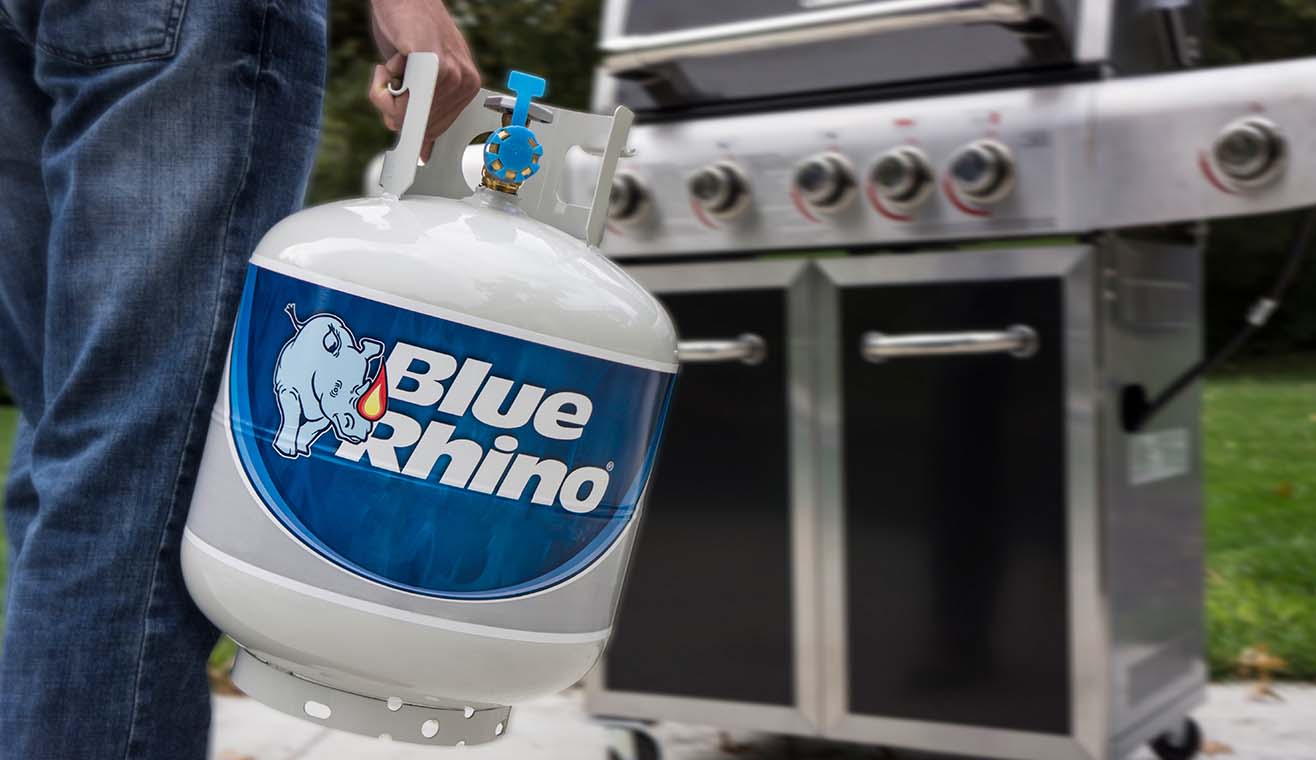
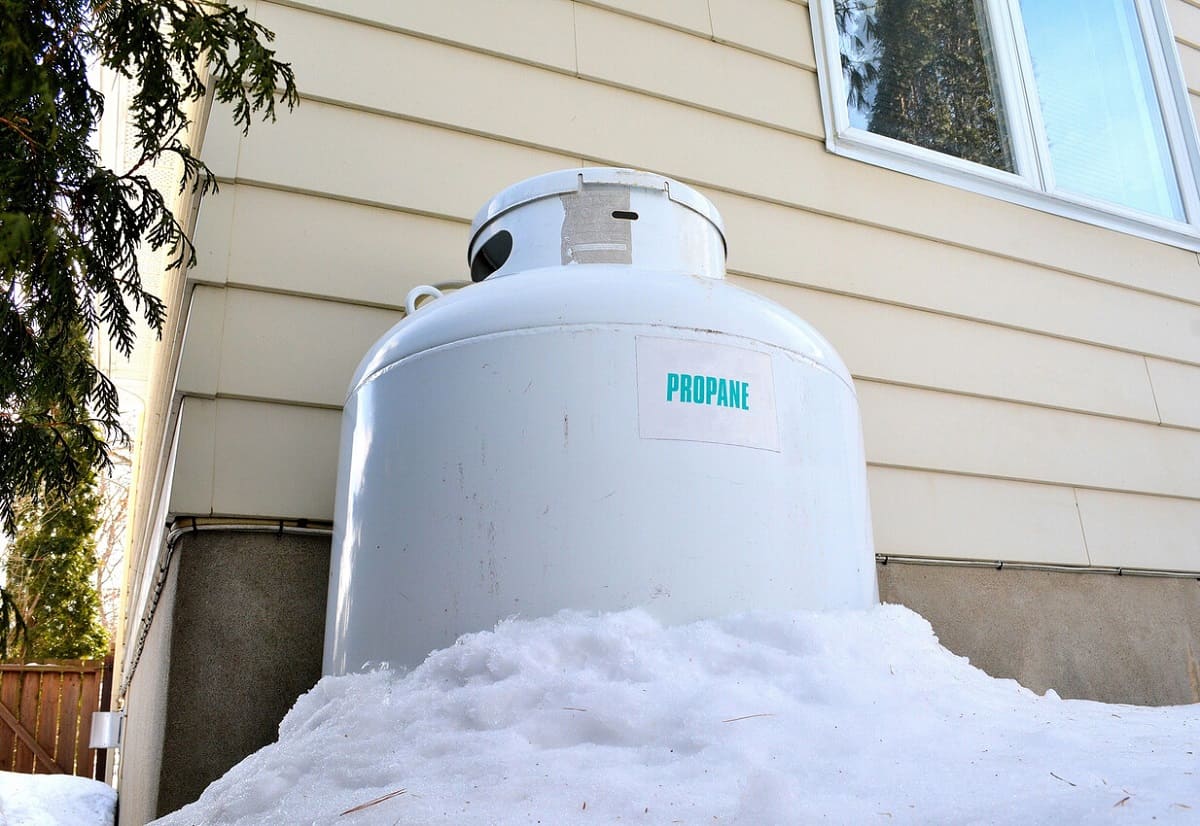
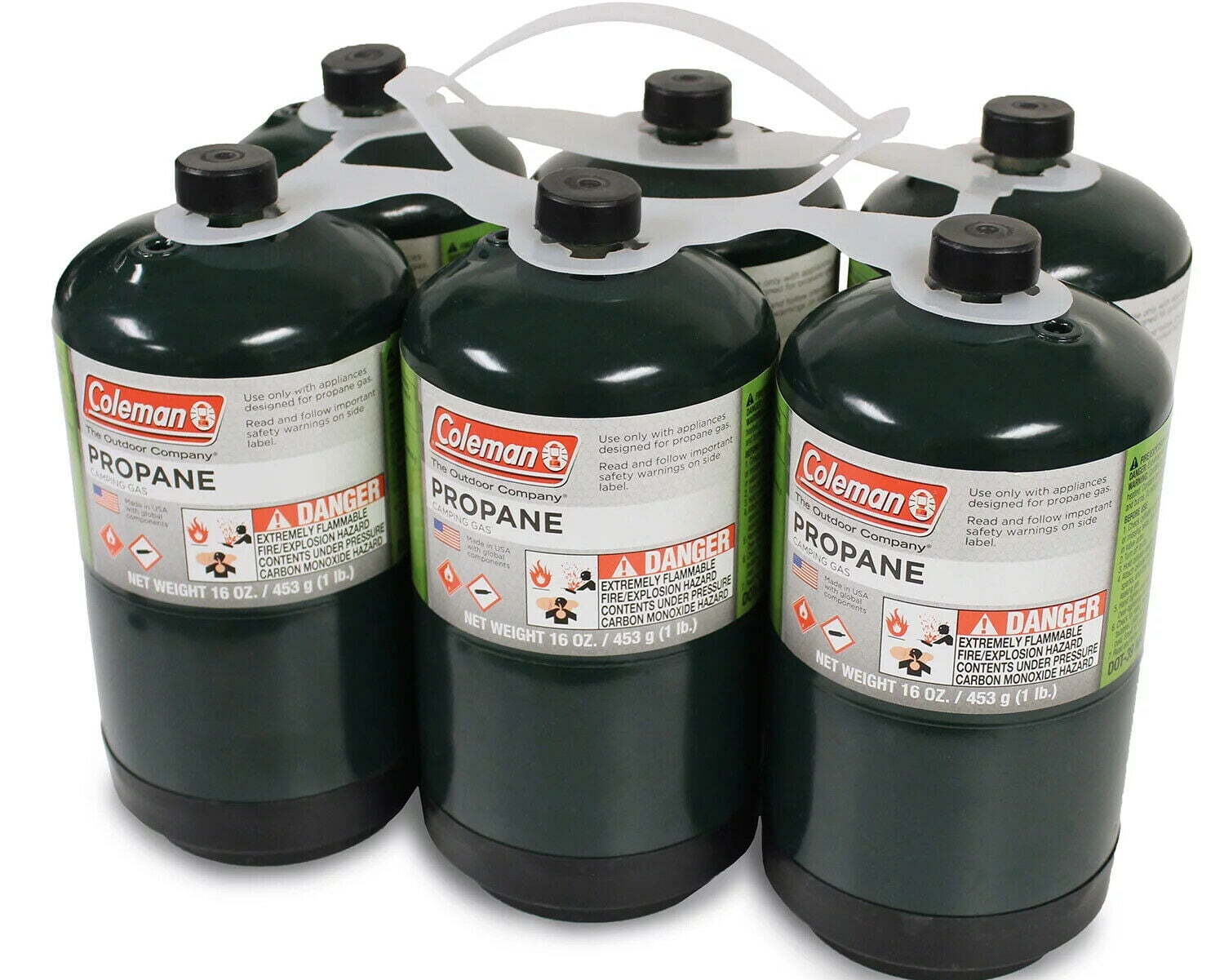
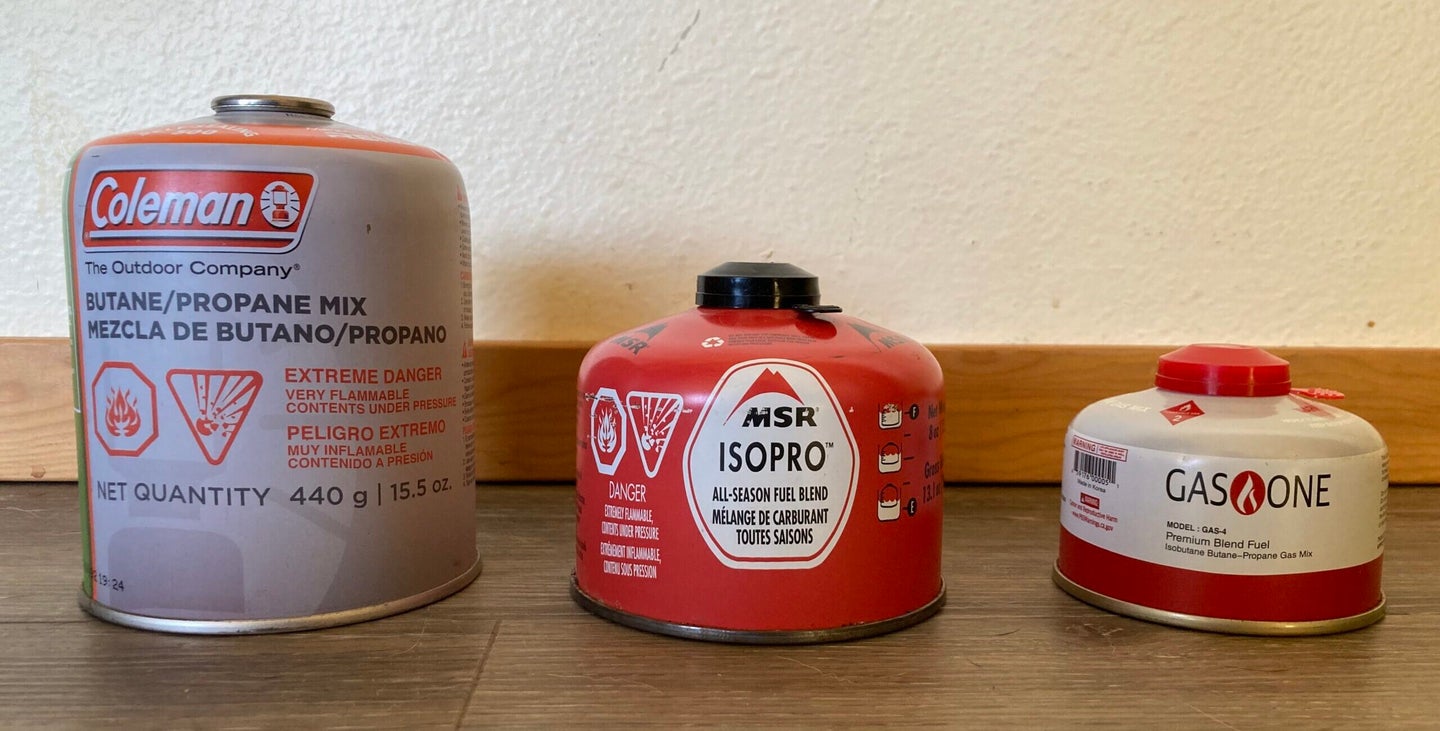
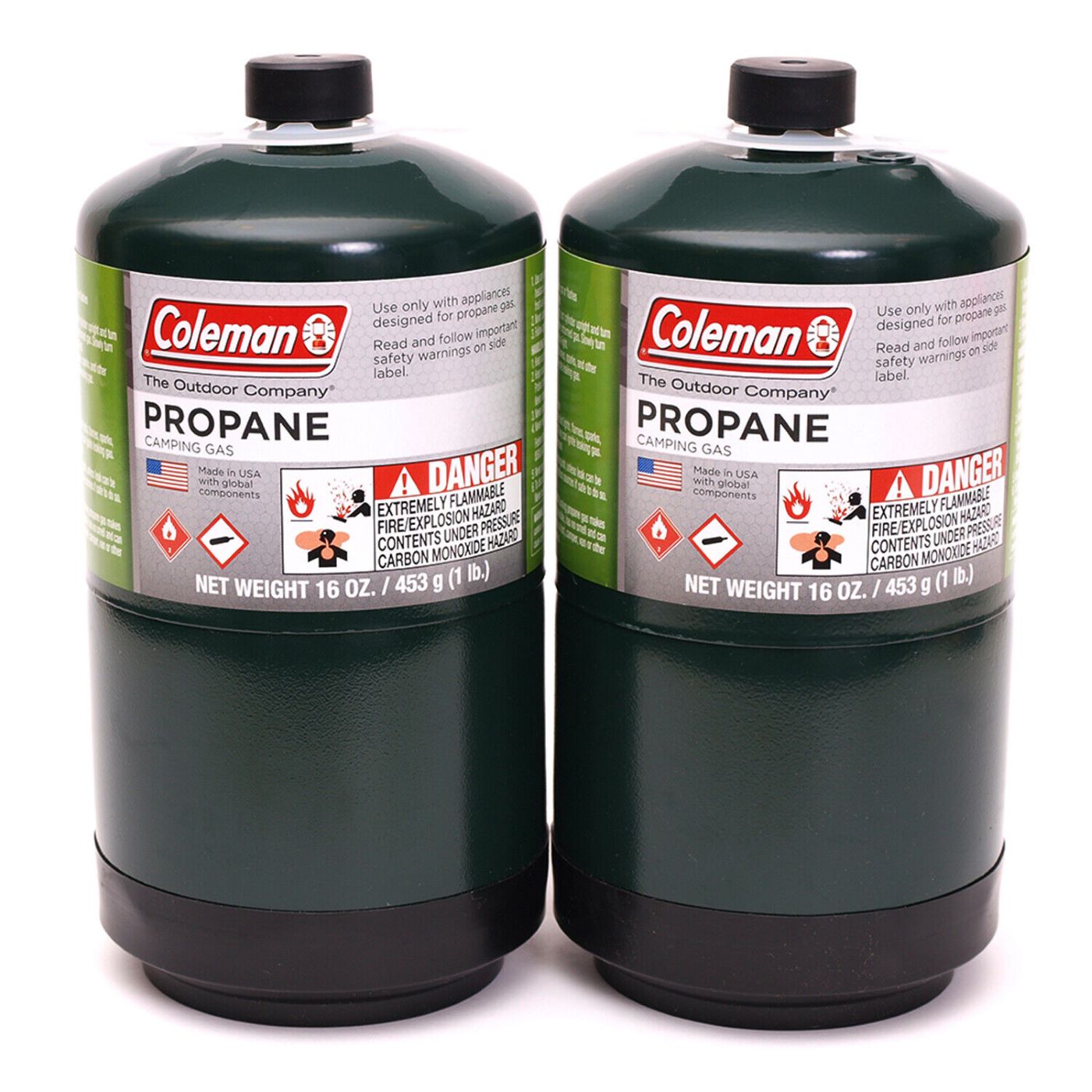
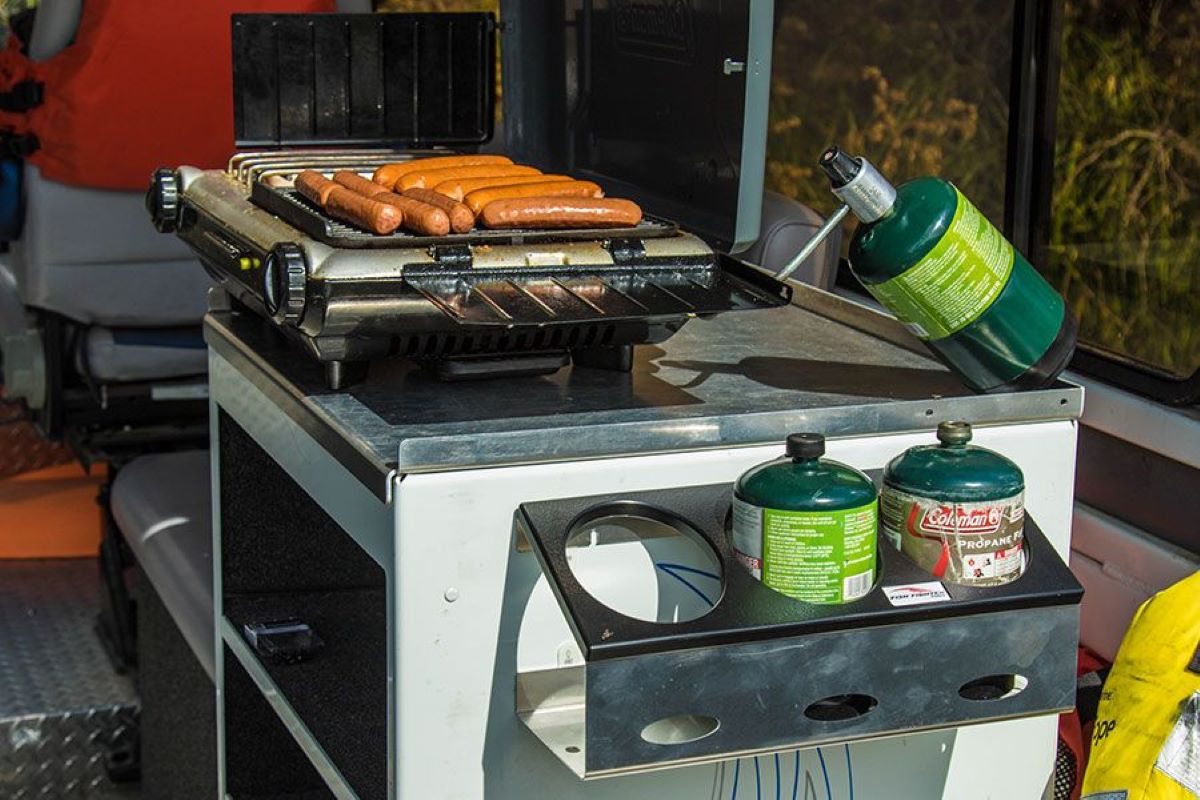
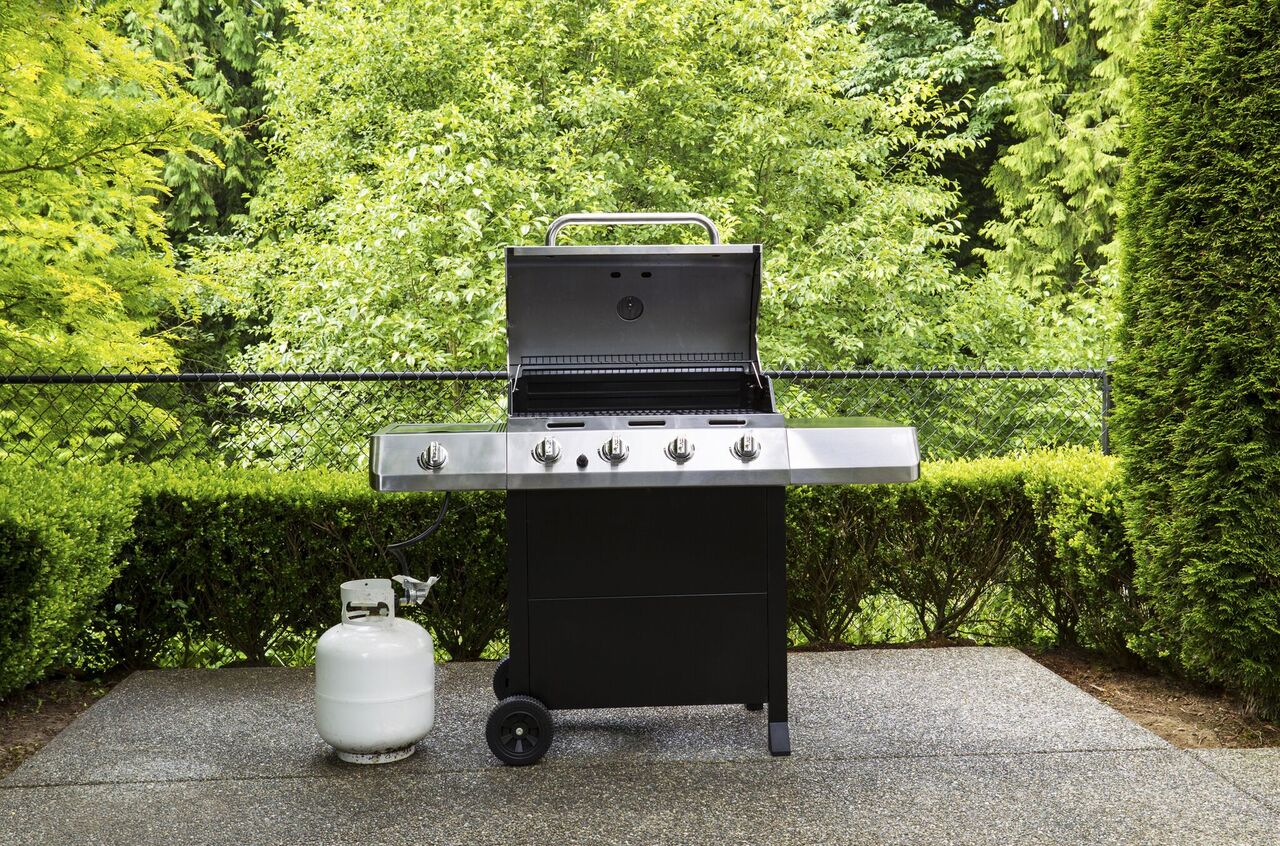
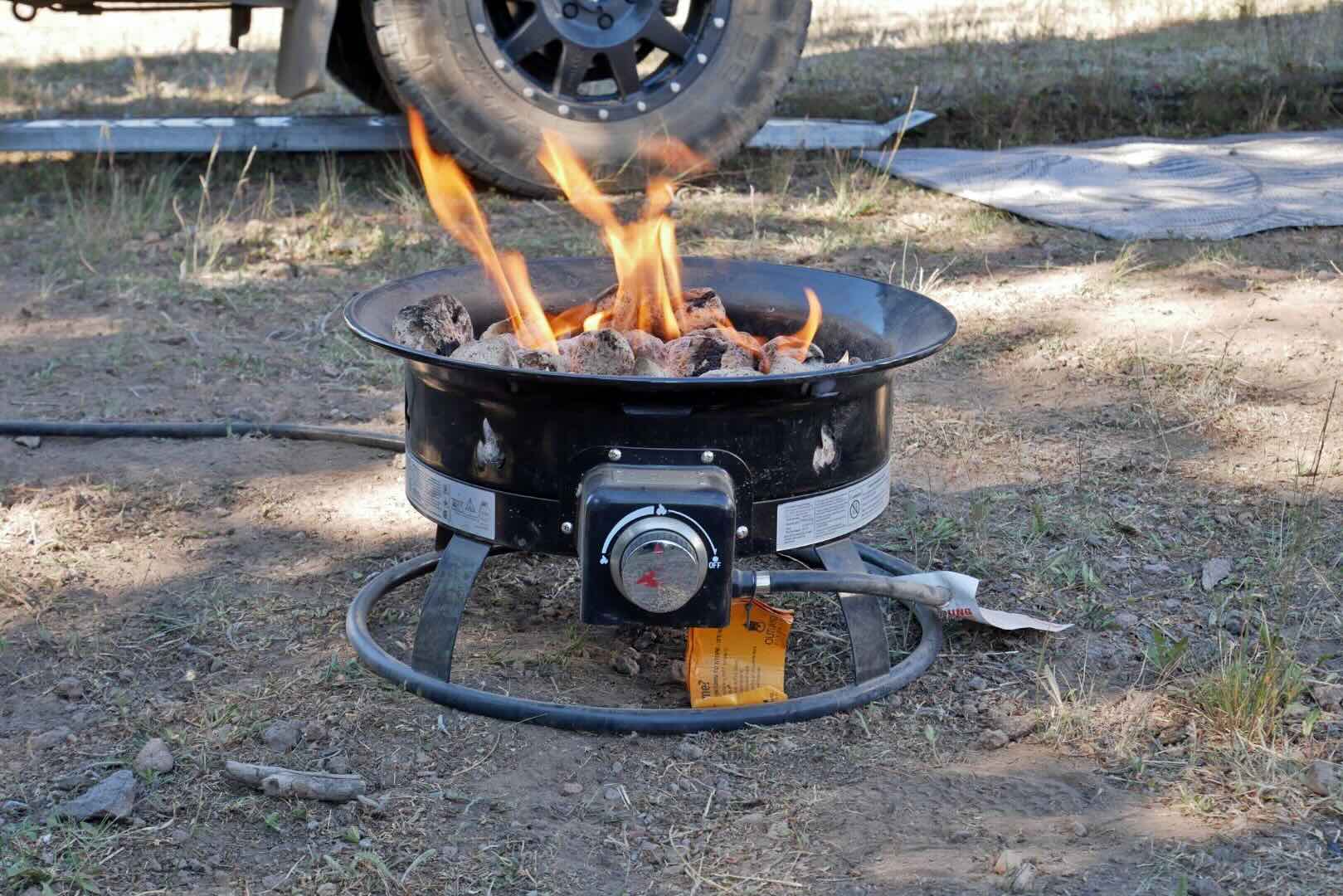
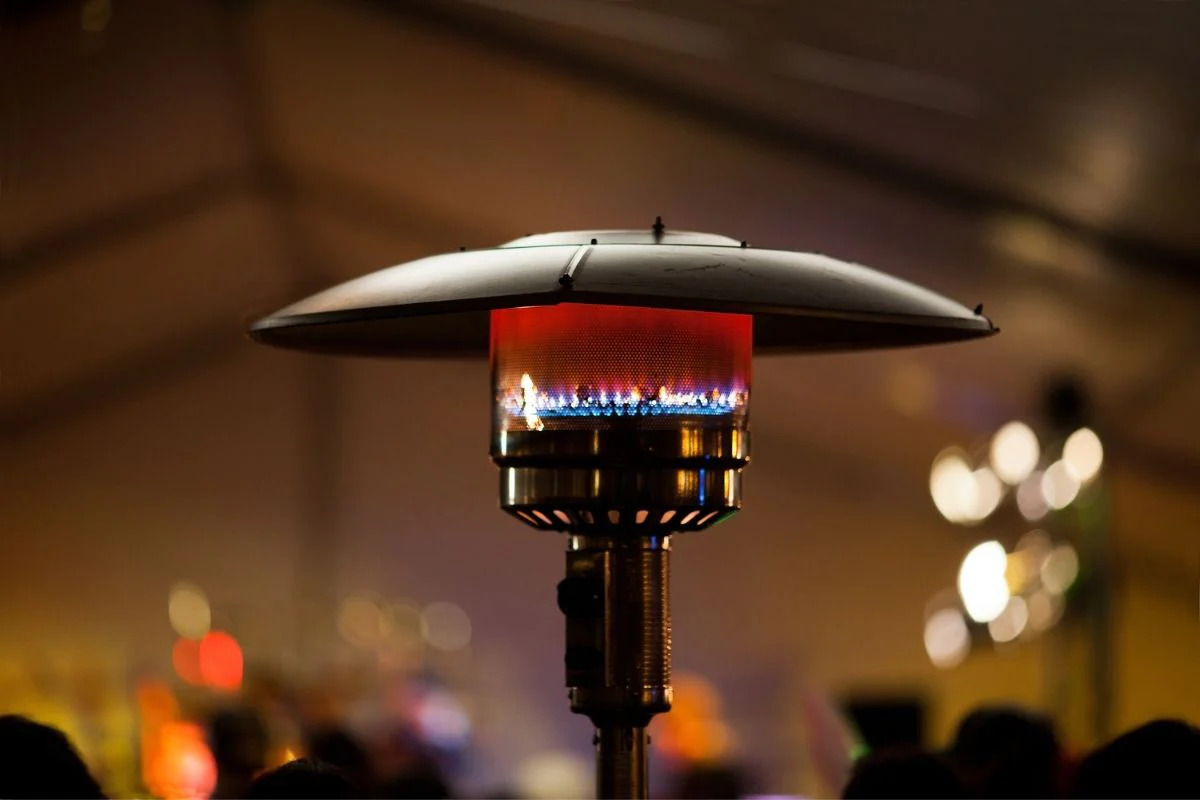
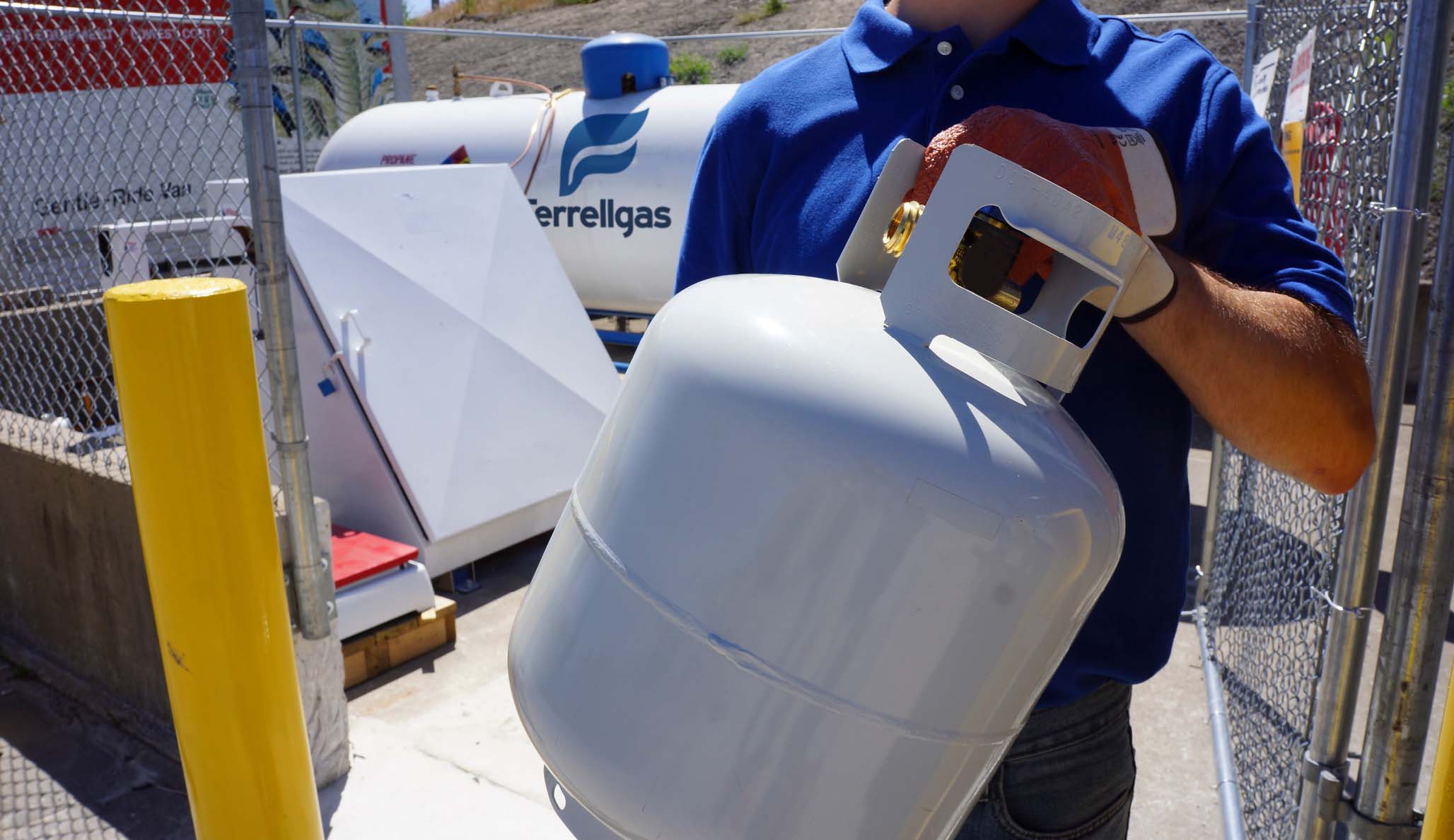
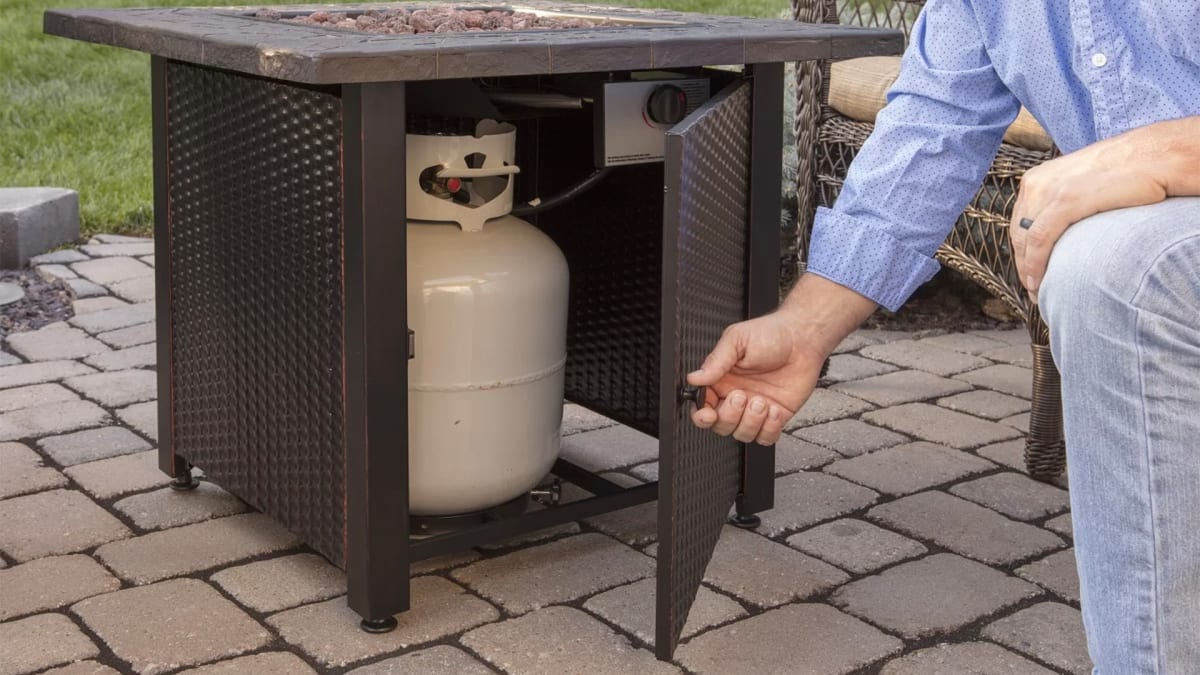
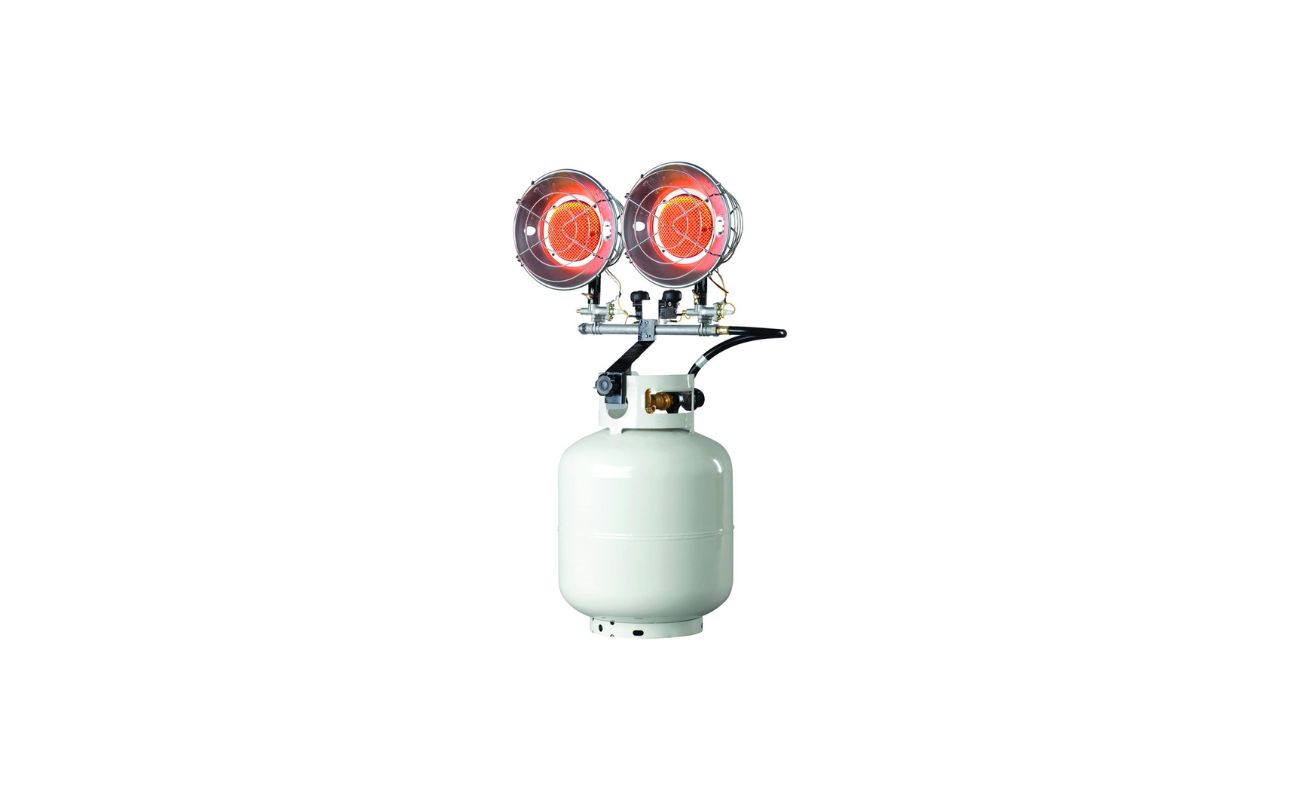
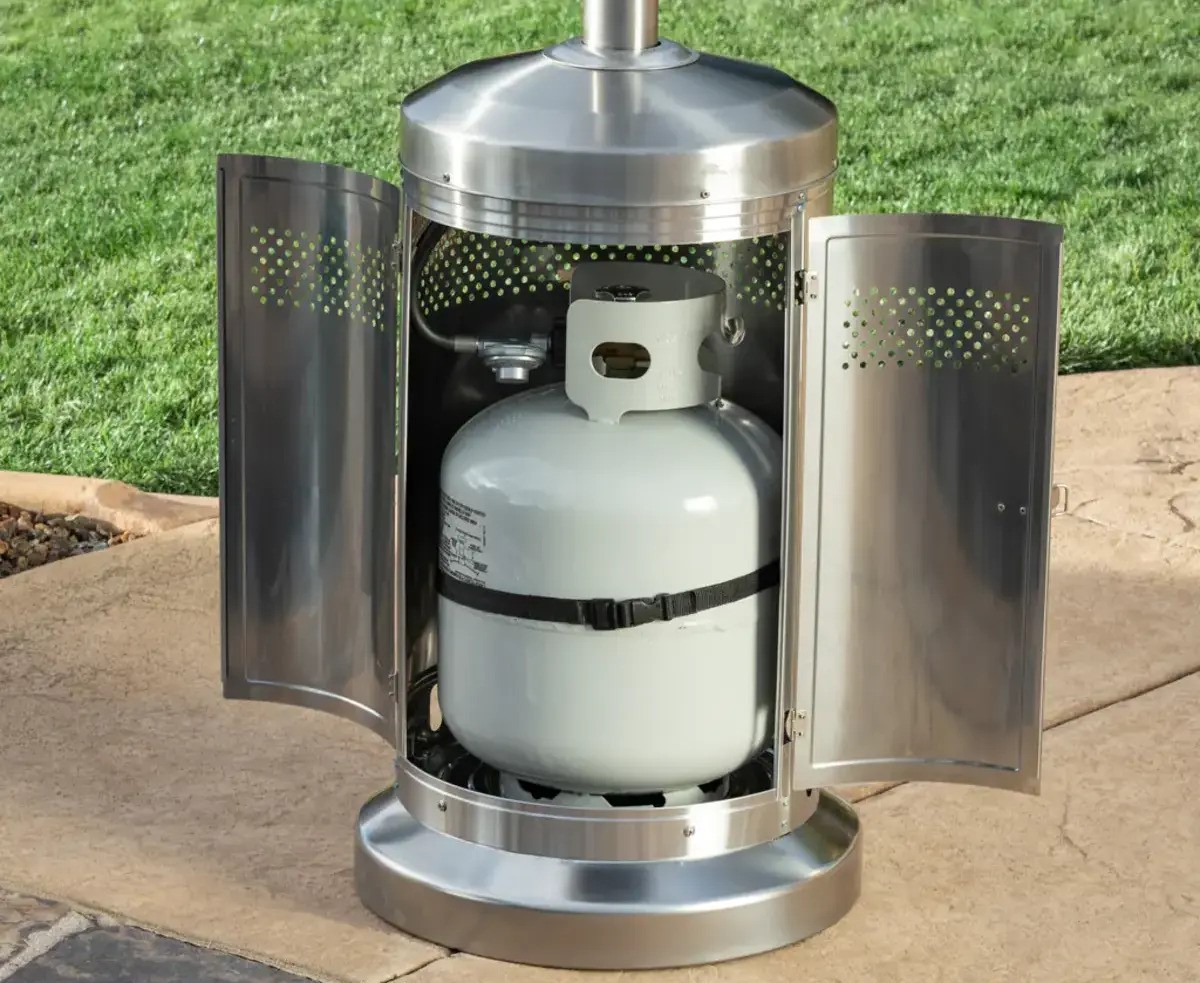

0 thoughts on “How To Store Propane Tanks At Home”